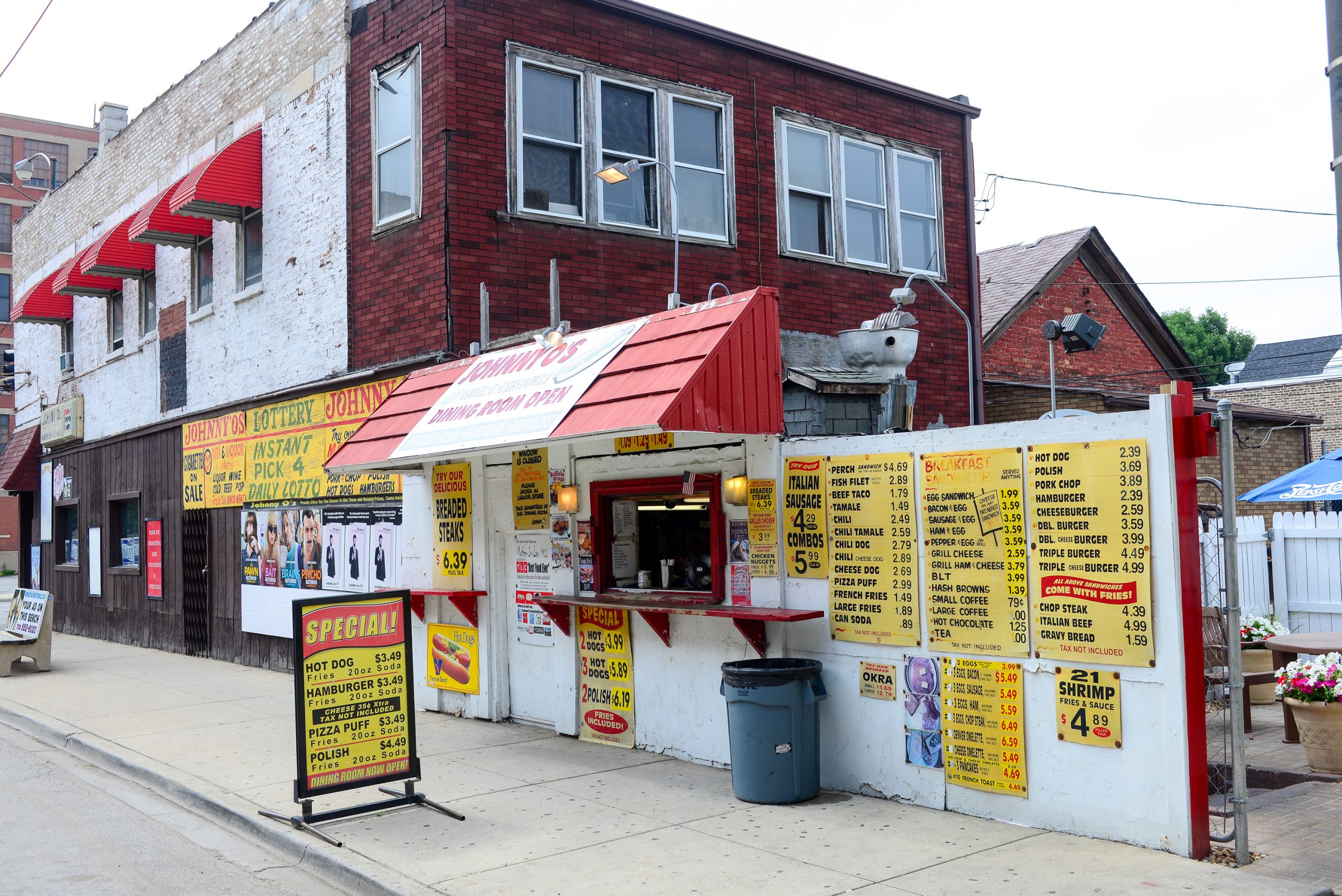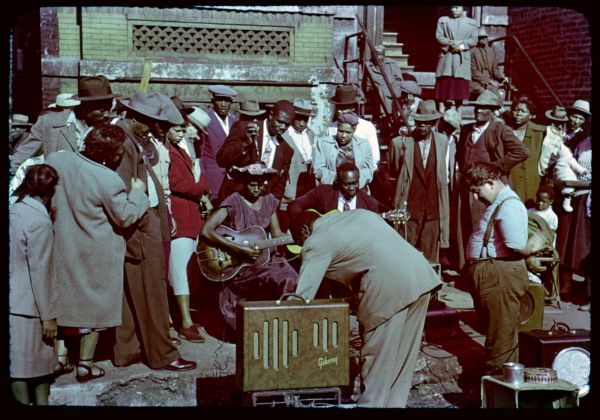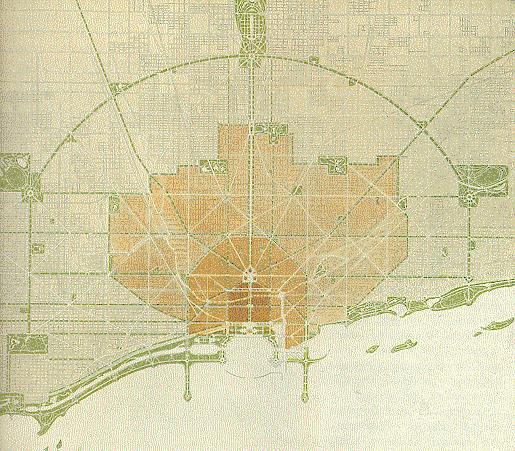Walking on the manicured lawns of the UIC campus, it’s easy to forget that this venue for higher education was not always here. Before I dig into to Brutalist architecture in Part 2, let’s talk about UIC campus history and this Chicago neighborhood. From the early 1900s through the 1960s, the area between Halsted, Roosevelt, Ashland, and Van Buren was primarily an Italian Neighborhood known as “Little Italy.” After years of protests in the 1960s, residents lost their land to the development of the University of Illinois at Chicago campus. Our guides delve into this fraught historical process on the Chicago Neighborhoods and Cultural Diversity Bus Tour.
Location Location Location
An excerpt of a sardonic article in the Chicago American newspaper written by Jack Mabley on Tuesday April 25, 1961 reads, “The audience will be treated to sanctimonious prattling from comfortably-housed politicians that sacrifices must be made [by you, not me] in the name of progress. We deeply regret uprooting 2,000 families, but that’s the way it is, folks. And what are you belly-aching about? Aren’t we throwing in $200 for moving expenses?”
The city ignored proposals to build the campus in Garfield Park. This despite there being 54 acres of completely unused land to offer! Around 8,000 people and 630 businesses were displaced to build the UIC campus. Woah.
World-renowned architecture firm Skidmore, Owings & Merrill was chosen to design the campus with Walter Netsch as lead architect. A total of 106 acres were needed for the entire complex. But most academic life was to be concentrated within 34 acres.
It was to be a “model campus,” as stated in the Chicago Tribune on Feb 15, 1965. “It is the most compact university campus for 20,000 students ever designed…students will never have to walk more than several hundred feet to classes.” While I might have found that great while I was in school, today I think “students could actually use a little walking!”

What’s with Brutalism on the UIC campus?
Unlike other schools, the UIC campus was organized by function instead of discipline. The lecture centers were even crowned by a Greek amphitheater. The idea was that these would be the hub of student life. A series of second-floor walkways was supposed to alleviate student traffic.
The first thing I asked myself as I considered this campus architecture was why Brutalism was chosen as the architectural style. It’s a style of architecture that people particularly dislike, and with such a contentious development you would think they might choose something a little less controversial. More on that in Part 2 on brutalism at UIC!
—Klaudia Siczek, Editorial Intern

















